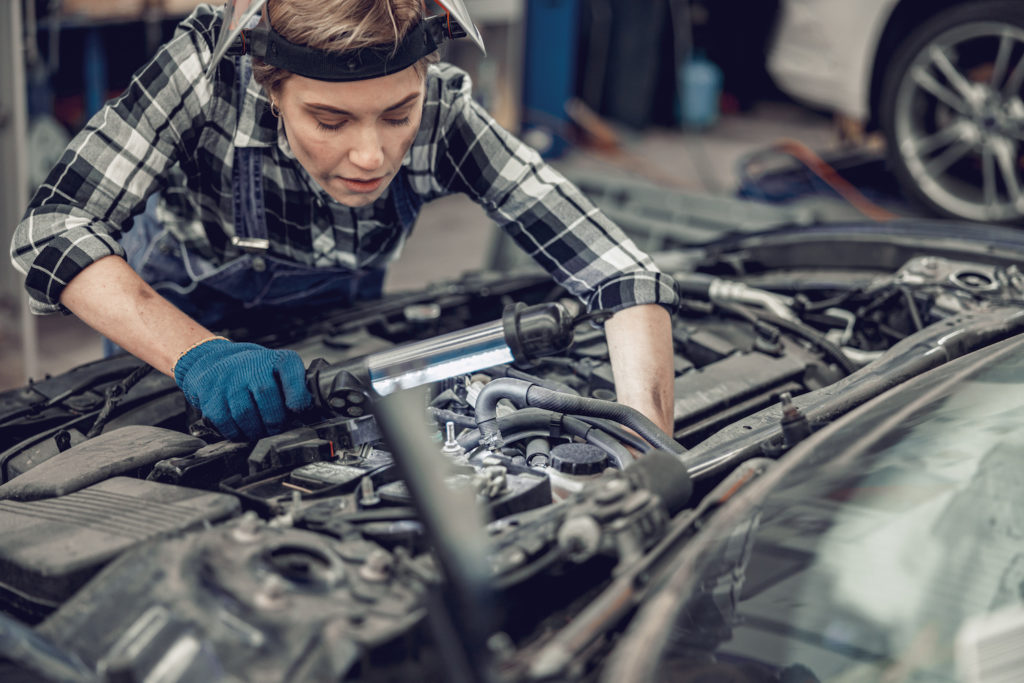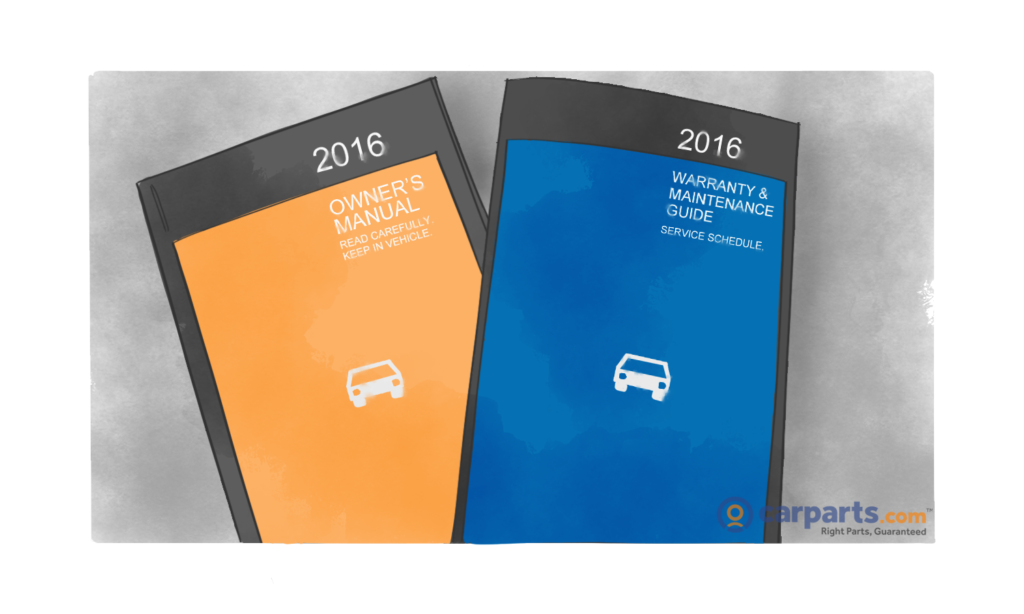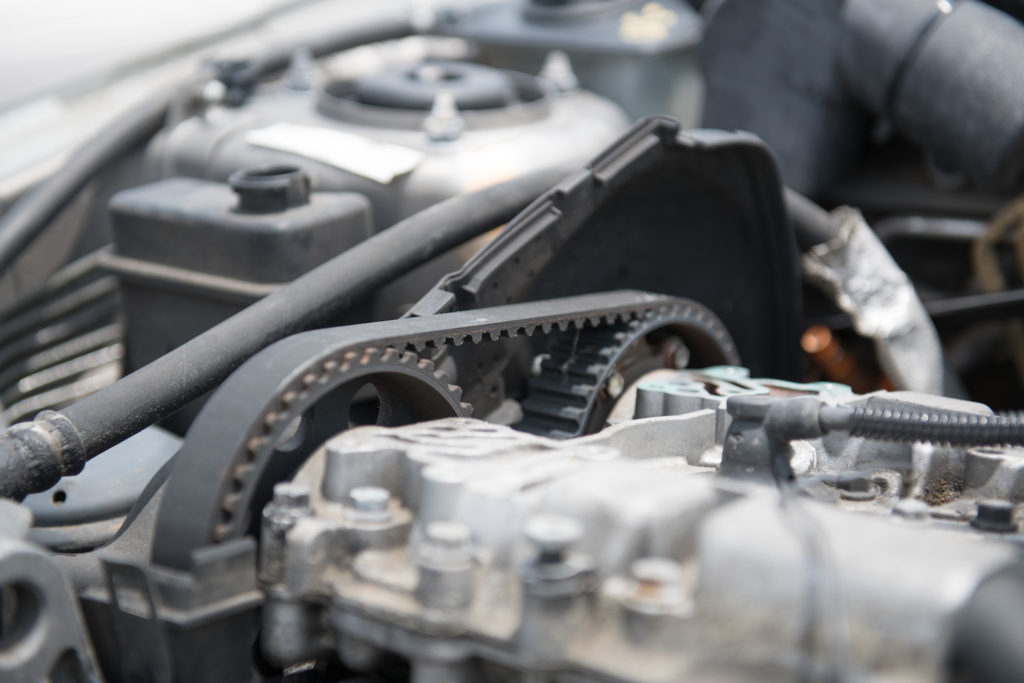In the past, cars required constant adjustments to mechanical bits, such as carburetors and ignition points. Thankfully, today’s vehicles are governed by computers and other electronics—and that means far less tuning is required. Also, because modern automotive parts and supplies generally last longer, maintenance is kept to a minimum.
But that doesn’t mean you can just close the hood and forget about car care. After spending over 15 years in the auto industry, I can confidently say that a large portion of car problems stem from a lack of upkeep.
That’s why, in honor of National Car Care Month, the team from CarParts.com and I want to remind you to check what’s under the hood—and provide you with a few tips to help out.

6 Underhood Maintenance Tips to Help Keep Your Car Running Right
Even late-model cars require more than just topping off the gas tank. Regular care is mandatory if you want to keep your vehicle running well.
Here are a few tips to keep you on the right track:
1. Consult the Owner’s Manual
Far too many drivers never open their owner’s manual. And that’s a big mistake. The manufacturer’s service schedule, which is located in the owner’s manual or supplemental maintenance guide, tells you what services your vehicle needs and when. Consulting the schedule is the first step when it comes to taking care of your car.
Best of all, if you somehow misplace your owner’s manual, digital versions are now available online for many vehicles. You can download the documents free of charge on the vehicle manufacturer’s official website.
For example, if you own a 2016 Toyota RAV4, you can access the owner’s manual by visiting the owner’s resource section of the Toyota website.

2. Check the Underhood Fluids Often
Okay—here’s where I’m going to recommend you deviate from the owner’s manual. Although the document usually recommends inspecting the engine oil and other fluids every few months, you should perform such checks far more often—especially if you have an older car.
On vehicles that are more than a few years old, it’s smart to check the engine oil and coolant levels every week or two. If your car has an automatic transmission dipstick (many new cars do not), the transmission fluid level should be checked at the same time. While you’re at it, take a peek at the power steering fluid (if your vehicle is equipped) and brake fluid as well.

3. Remember to Check Any Under-Vehicle Fluids
It’s easy to forget fluids that are underneath the car and out of sight. As was mentioned, many modern vehicles no longer have an automatic transmission dipstick; the fluid must be checked from underneath the car. Some applications also have differential and transfer case fluids to check periodically.
Obviously, checking these under-vehicle fluids is an inconvenience, since you have to access the undercarriage somehow. But if you own a jack and a set of jack stands, this inspection is something you should do every few months.
If you do not have the necessary equipment, whenever you get your oil changed, remind your mechanic that you’d like them to check all of the under-vehicle fluids.

4. Keep an Eye Out for Leaks and Worn-Out Parts
When you’re under the hood, be sure to keep an eye out for visible problems, such as cracked belts, worn hoses, and fluid leaks. Minor issues such as these can snowball and turn into big-time, costly repairs.
For instance, although a damaged hose may seem insignificant, the issue can lead to coolant loss, overheating, and potential engine damage.
5. Don’t Forget the Timing Belt (If Your Car Has One)
Many vehicle owners—and even some repair professionals—forget to service the timing belt. The belt is easy to forget since it’s hidden out of sight inside the engine. But if the belt breaks, it can cause the engine valves to collide with the pistons, causing catastrophic (and expensive) damage.
Fortunately, not all vehicles have timing belts. Most newer cars have timing chains that do not require routine replacement.
Check your owner’s manual to determine whether your vehicle has a belt or a chain. And if it has a belt, make sure to replace it per the manufacturer’s recommended schedule.

6. Observe Warning Signs
Far too many vehicle owners choose to ignore warning signs—and that bad habit costs them in the end. Say, for example, you’ve been ignoring the check engine light or abnormal engine noises. Warning signs such as these can indicate significant problems that, if ignored, can lead to further damage.
To Summarize: Just Pay Attention to Your Vehicle
Life is hectic and it’s easy to put automotive maintenance on the backburner. That’s why there’s National Car Care Month to provide a gentle reminder to pay attention to your vehicle.
Taking simple steps, such as consulting the owner’s manual and checking fluids often, will help keep your car running better longer.
Any information provided on this Website is for informational purposes only and is not intended to replace consultation with a professional mechanic. The accuracy and timeliness of the information may change from the time of publication.





























